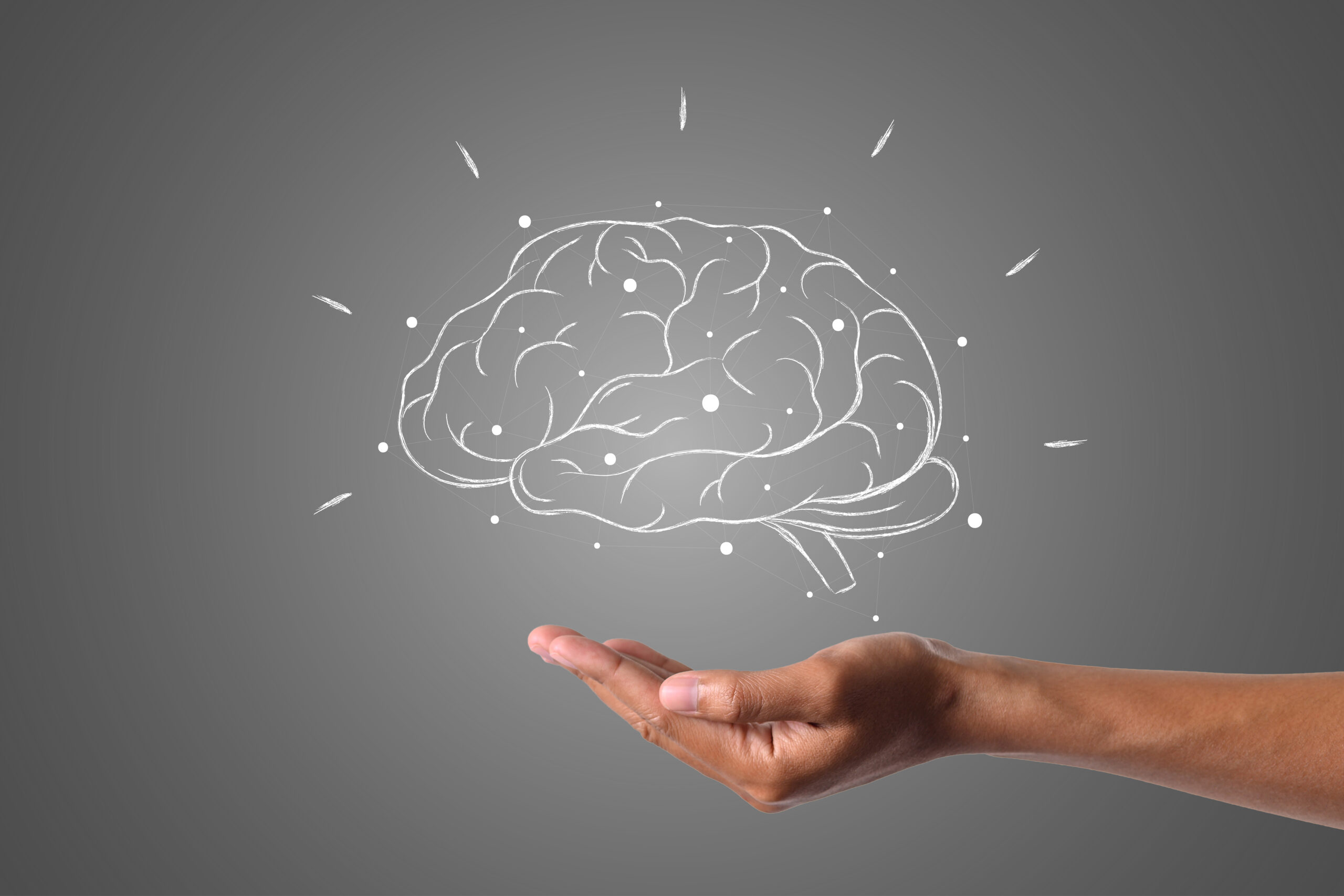We are constantly learning in our daily lives through our experiences and environment. This is done by seeking new knowledge out of curiosity or activating prior knowledge or skills. However, we have different experiences, motivations, strategies, and learning styles. By examining these learning tools, we become aware of how we learn best.
Describe an example from your life of when you were taught using each method described in the article: behaviourism, cognitivism, and constructivism.
The behaviourism method focuses on encouraging positive behaviours through feedback, which involves a stimulus and a response; the goal is to strengthen the association between the two (West, 2018). The behaviourism method for learning can be applied to teach individuals in all developmental stages. For instance, an experience when I was taught using the behaviourism method was in elementary school. I came home from school and told my parents I had received my first A+ in a course. They were both proud of me and decided to order pizza for dinner to celebrate my accomplishment. In this example, receiving an A+ grade was the stimulus, and the response came from my parent’s verbal praise and acknowledgement. Since the positive reinforcement came after receiving the A+ grade, I began associating getting good grades with the positive feedback that I was receiving, which led me to want to work harder in other courses to get better grades. A second learning design used in my life to teach me is the cognitivism method, centered around the learner’s environment and encouraging them to use their cognitive processes (West, 2018). The cognitivist method has allowed me to learn and retain new information throughout my education. Teachers have used demonstrations, visual and instructional explanations, reflection, and assignments in many of my courses, allowing me to participate actively in my learning process. For example, I was asked to avoid using social media for two weeks in a sociology course and write a reflection on my experience using the course terms. When the quizzes came, it was easier to remember the course concepts because of the connection I made between my real-life experience and the course material. Lastly, the constructivism approach is how we make meaning of our experiences and interactions with the world (West, 2018). As a psychology student, research experiments constitute a significant part of the field. Through these experiments, I have learned how to design an experiment while gaining knowledge of the world. For example, in a previous course, I had written a research experiment to examine how the amygdala plays a role in anxiety disorders. By experimenting, I could make meaning of what I learned and retain this information today. These learning methods are essential in acquiring new knowledge. Still, it would not be possible without neuroplasticity, the brain’s ability to change and adapt to new experiences depending on which pathways are used the most (Sentis, 2012).
References
Sentis. (2012, November 6) Neuroplasticity [Video]. YouTube. https://youtube.com/watch?v=ELpfYCZa87g
West, R. E. (2018). Foundation of Learning and Instructional Design Technology (1st ed.). EdTech Books. https://edtechbooks.org/lidtfoundations
